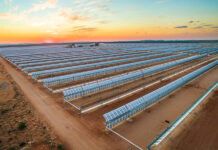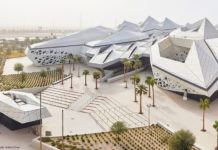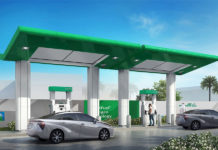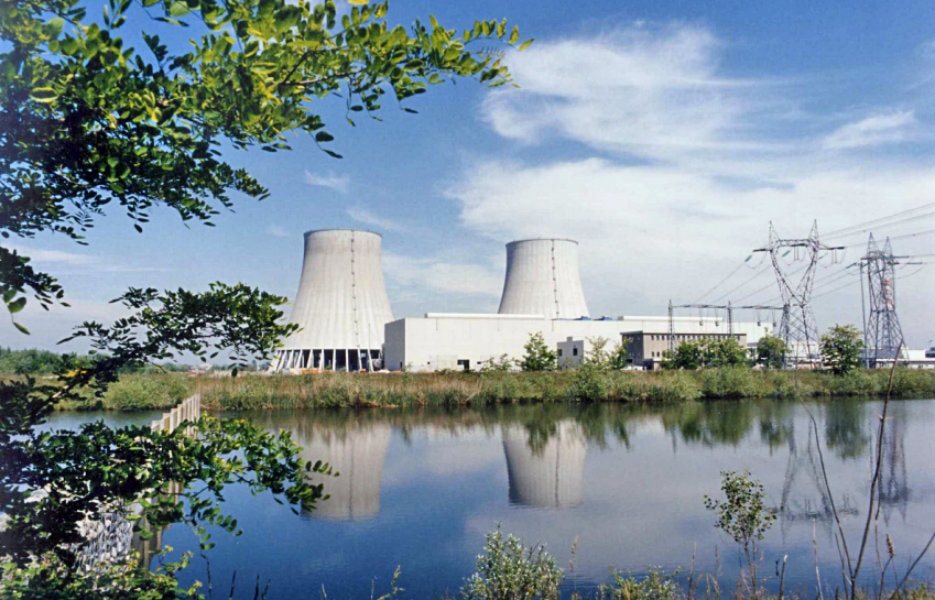
The cooling towers and chimneys of giant thermal power plants are among the most characteristic features of the industrial landscape of our time. Yet their dominant role in energy generation is receding rapidly, rendered almost obsolete by the rise of clean energy technologies such as wind power and solar panels.
Finding creative new uses for these massive structures—uses which preserve stakeholder value, protect the environment and make a positive contribution to local communities—is one of the largest challenges facing global power companies today.
“Some of our large electricity plants in Italy, powered by oil, coal or gas, have simply become outdated,” says Enrico Viale, head of global thermal generation at Italian energy giant Enel. “With the growth of renewable energy in Italy, the move towards distributed power and the rise of environmental concerns, we cannot justify their upkeep.”
In 2015, Enel CEO Francesco Starace launched a visionary, wide-ranging program called Futur-e to explore options for re-purposing 23 of the company’s largest power stations in Italy. Rather than just decommissioning the facilities and demolishing the buildings, Enel is working with local communities, universities, innovative architects and developers from Italy and beyond to find ways of giving these huge sites a new life.
“Our former power plants can rise again like a phoenix.”
Enrico Viale, Head of Global Thermal Generation, Enel
For inspiration, Enel and its partners have looked at reconversions including the Tate Modern art gallery in London, which is housed in the former Bankside Power Station, and the Landscape Park in Duisburg in Germany, a disused steel mill that has been transformed into a popular location for sports and for music festivals.
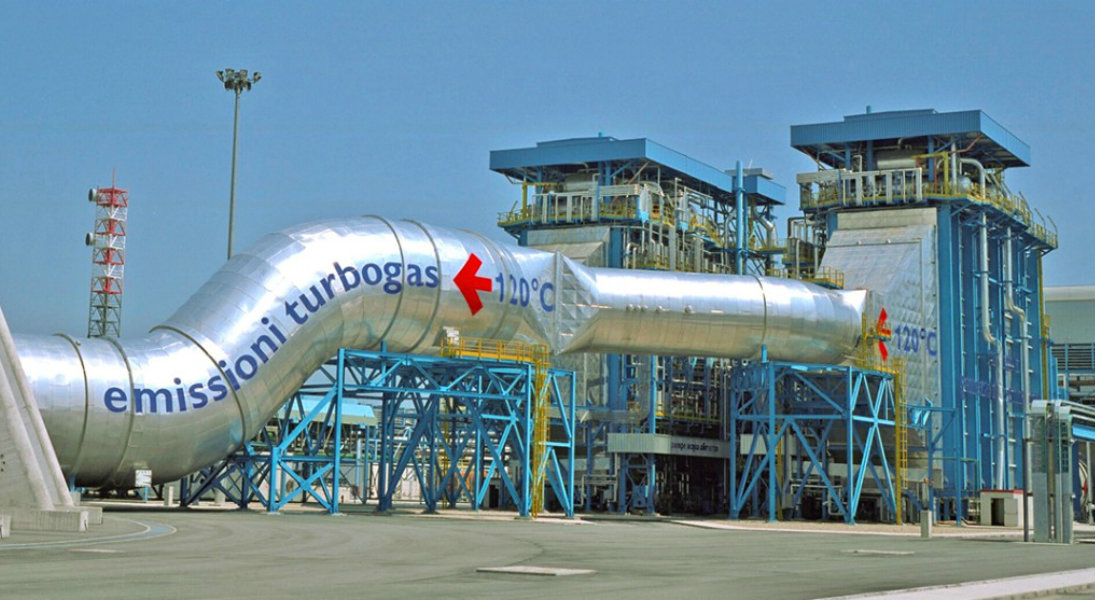
In May this year, Enel signed a preliminary sale agreement with a local consortium that will see the company’s gas-fired plant in Trino in northwestern Italy become a theme park dedicated to new automotive technologies, complete with its very own race track. “Futur-e is open to anyone with an interesting and innovative idea for investment,” Viale says.
At Porto Tolle near Venice, plans are afoot to build a new eco-village, with privileged access to the national park of the Po Delta. The winning idea for a gas-fired plant in Alessandria is to reconvert the site into an extreme sports-themed amusement park. Some of the power stations, such as Carpi and Porto Marghera, will be used for industrial and logistics activities, while others may be transformed into recreational sites with hotels, shops and leisure activities.
Whatever future they decide for each plant, Enel and its partners are guided by the principles of the so-called circular economy: the company wants to re-use and recycle as much as possible of the existing structure in its new life, reducing costs and minimizing waste.
“The idea of long-term sustainability is key to Futur-e.” Carlo Tamburi, Head of Country Italy, Enel
“The key is to make optimum use of the existing structures,” says Carlo Tamburi, Enel’s head of country Italy. “The less intervention, the better it is for everybody and for the overall economy.”

The needs and concerns of the local communities are also imperative. For all 23 plants, Enel has established steering committees made up of representatives from local municipalities, universities, unions and others, tasked with assessing the viability of each proposal. “Long-term sustainability is the key concept for each project in Futur-e,” Tamburi says.
At the same time, the multinational’s ambitions extend well beyond the Italian market. By 2050, Enel aims to fully decarbonize its production mix. With the experience of Futur-e under its belt, Enel will be in the perfect position to lead this transition to zero carbon, capitalizing on the opportunity to transform former power plants and create value not only for shareholders but for communities around the world![]()
As published in TIME magazine



















